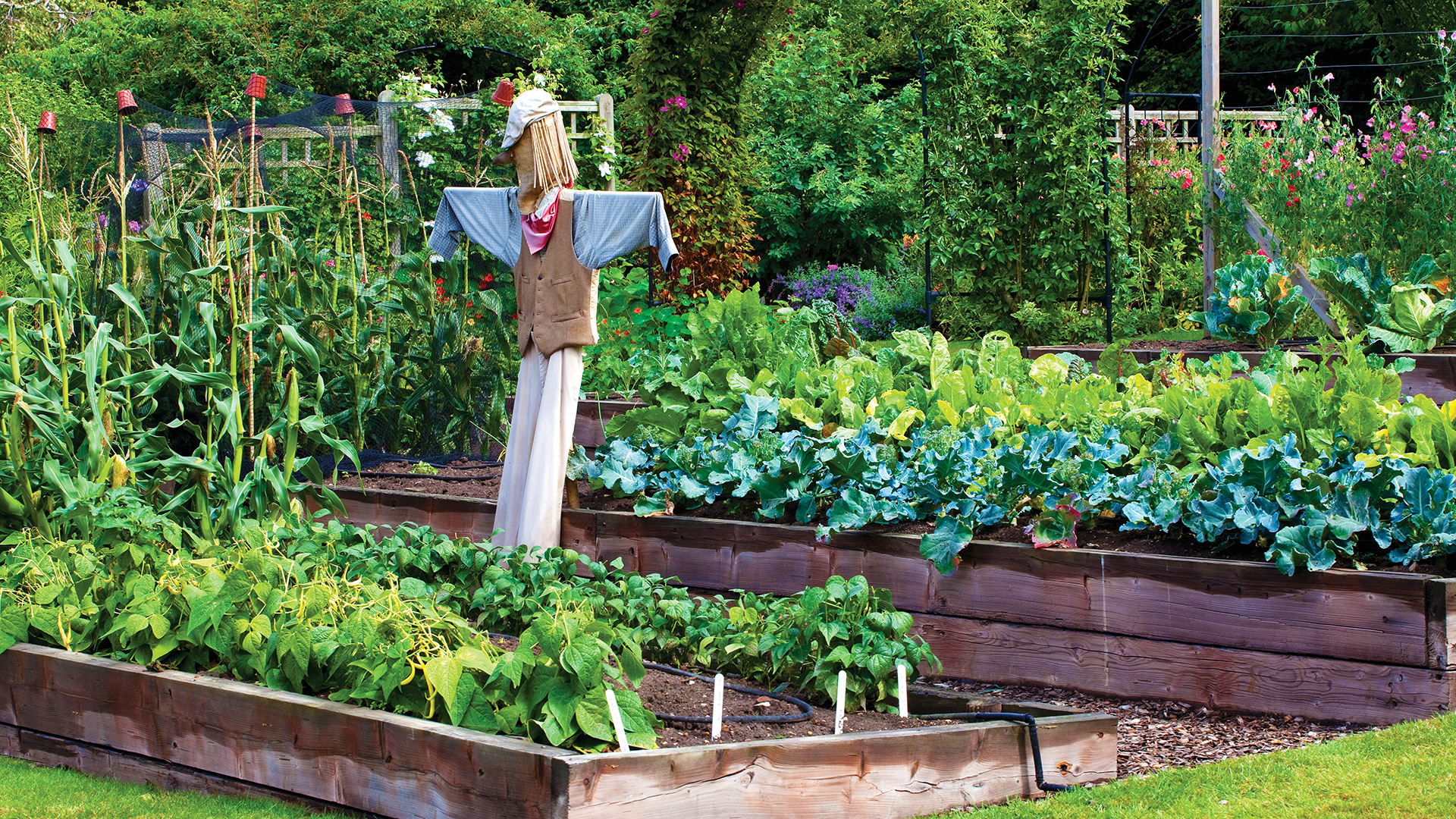These are the most common garden beds mistakes, according to Gardener Scott
Raised garden beds are one of the best ways to grow vegetables in your garden, but there are couple of common mistakes to avoid to make the most of your crop

These common raised garden beds mistakes could be costing you a better vegetable crop, according to Gardner Scott. Raised garden beds are a brilliant addition to any vegetable garden, and they're one of the most effective small vegetable garden ideas. You can have just one raised bed against a garden fence or wall, or you can have multiple beds in a larger garden if you're serious about growing your own.
However big or small your raised bed project, Gardener Scott urges raised bed beginners to understand one key thing: 'You still need to garden in your raised bed just as you would anywhere else in the landscape.' On his YouTube channel, he lists the most common mistakes gardeners make when they start their raised beds, so keep reading for the top five to avoid.
1. Not using the correct-sized bed

When it comes to learning how to build a raised garden bed, it's all about convenience, so don't pick a size that doesn't work with the layout of your garden. 'Make it wide enough so that you can reach the entire bed,' explains Gardener Scott – if you want to make the most of a freestanding bed, make it around four feet wide, so that you can walk around it and use both sides. On the other hand, if your bed is against a garden wall, 'don't do four feet wide' – you won't be able to reach all the way to the back, wasting half the bed.
Also consider the height: 'If you have mobility issues or don't like working on your knees, you're free to adjust the height to whatever works best for you,' says Scott.
2. Putting your raised bed in the wrong location
'Many gardeners know about the benefits and think that raised beds are almost magical,' Scott points out. 'But they're not magical enough to overcome the wrong spot. If you've put your raised bed under a tree in full shade, and your plants aren't doing so well, it's probably not because they're in a raised bed, but because they're in the wrong location'.
Most vegetables require a sheltered position in full sun, where they'll get at least six hours of uninterrupted sunlight (this also applies to growing vegetables in pots). You'll also need to plan your irrigation – hand watering? hose? – before you space out your beds.
3. Wrong spacing between the beds

Putting your raised beds too close together is a recipe for difficulties. Scott advises to leave 'ample room to move your wheelbarrow in', or room to bring in compost and mulch. That doesn't mean you need six feet between beds – just a wide enough path to the side of your beds, and two feet between them so that you can walk between them easily. 'Place them too close together, and even simple tasks like watering plants will become quite difficult,' warns Scott.
4. Choosing wrong soil type
A common mistake gardeners make, according to Scott, is 'taking poor soil' from just anywhere in the garden and filling the raised beds with it. This basic soil probably won't provide enough nutrients for the plants to develop, so, 'as a bare minimum, you need to add some kind of organic material to your soil, like compost', 'and if you can, get a blend that already has compost and nutrients in.' You'll then need to keep adding organic material 'on a regular basis' to keep the soil nutritious.
Also, don't forget to mulch, Scott says, as you'll just get better results all-round. Our ultimate guide to mulching has plenty of expert tips on how to do this.
5. Using the wrong material to construct your bed

Scott admits that he likes wood best but does realize that 'wood will decompose and rot over time, so my raised beds will need to be replaced'. Especially if you live in a damp and humid climate, 'you may want to bypass the wooden beds completely', and maybe consider galvanized steel.
Brick and stone are also great solutions – 'materials I don't have to worry about decomposing'. Build your raised beds to last and enjoy a crop of homegrown vegetables year-after-year.
Feeling inspired? There's more advice to get you started in our dedicated small vegetable garden ideas feature.
Anna writes about interior design and gardening. Her work has appeared in Homes & Gardens, Livingetc, and many other publications. She is an experienced outdoor and indoor gardener and has a passion for growing roses and Japanese maples in her outside space.
